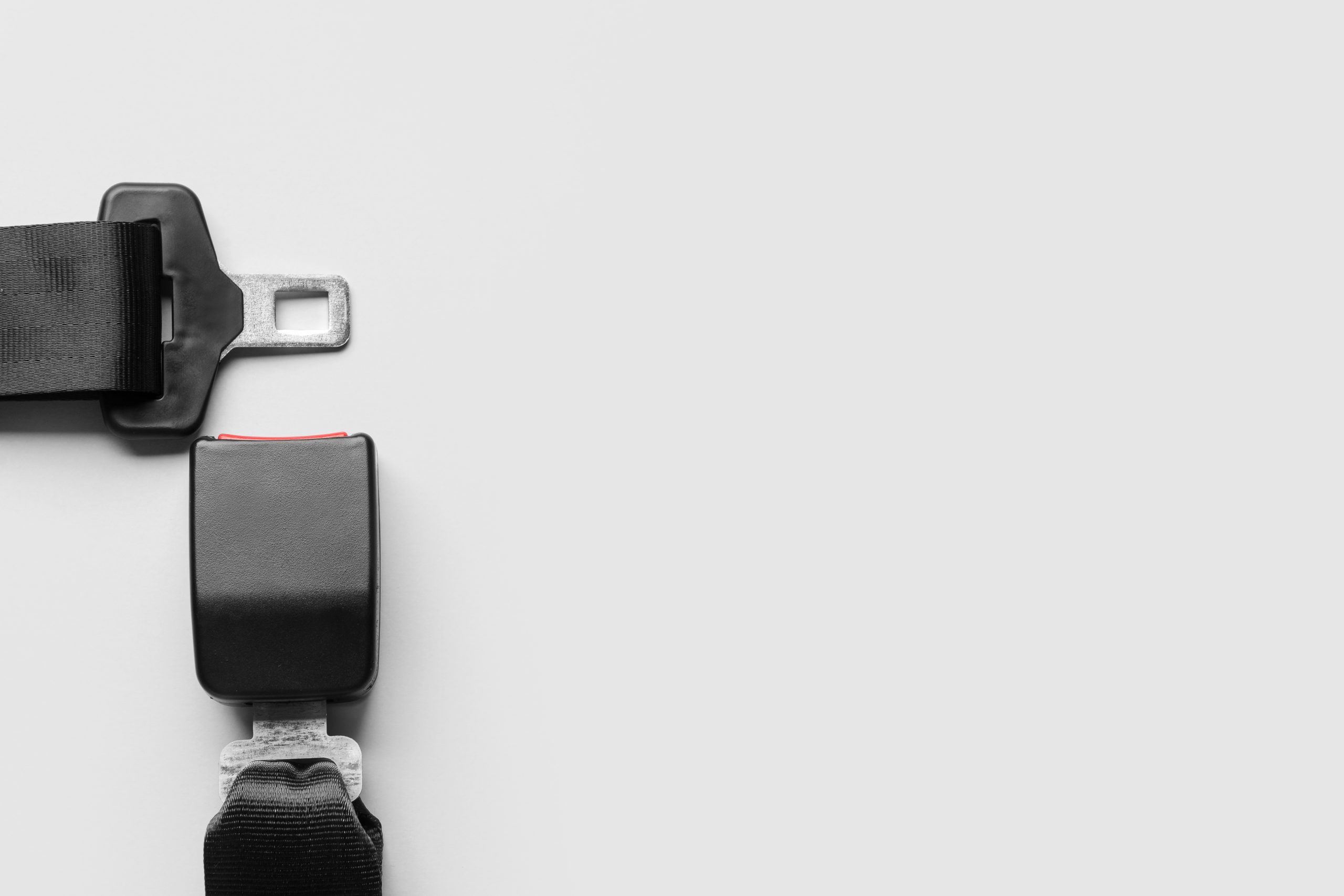Seat belts are designed to protect you (and even save your life) when a car accident happens. They save thousands of lives each year. So it might be confusing that you can experience seat belt injuries when you get in an accident.
How do these injuries occur? Even when wearing a seat belt, you can still suffer from chest trauma, bruises, and even internal injuries — especially if the impact from the auto accident is too much.
In this blog, we will discuss how these injuries occur. We will also tackle common seat belt injuries and how to prevent seat belt injuries.
When seat belt and other auto accident injuries occur, it is important to seek immediate medical care. At Physicians Group, we have been helping auto accident victims for the past 25 years. Through our diagnostic tests, pain management, and other medical services, we can help you have a better recovery journey.
How Seat Belt Injuries Happen
Even if you wear them correctly, seat belt injuries can still occur. Braking abruptly or crashing at high speeds are some common causes. If you want to avoid them, it’s important to know what causes them.
Not Wearing Seat Belts Properly
Some people have a bad habit of wearing seat belts incorrectly — for example, under the arm or behind the back. In the event of an accident, this can result in chest injuries from seat belts. This is also the case for lap belts. Others tend to wear the seat belt across their belly. This can result in abdominal injuries from seat belts.
When seat belts are misused, the chances of seat belt trauma increase. This could lead to what doctors call seat belt syndrome.
Faulty Design or Parts
Malfunctioning buckles, stretched-out webbing, or faulty locking systems greatly increase seat belt injury risks. When these mechanical or design flaws happen, your seat belt could unlatch even during low-impact collisions. Now, imagine what would happen in severe car crashes.
Too Loose or Too Tight Lap Belt and Shoulder Belt
Seat belts have two parts: the lap belt and the shoulder belt. Injury patterns vary depending on how you use the lap belt vs shoulder belt. Sometimes, one of these two is worn loosely, which can result in injuries when an accident occurs. On the other hand, if one of them is too tight, you could suffer from a restraint injury.
Strong Impact
The impact of auto accidents depends on how strong the crash is. Even if you’re wearing your seat belt properly, blunt force trauma injuries can happen after a strong impact.
Know the Common Seat Belt Injuries
Seat belts can cause different kinds of injuries. These can range from mild skin irritation to serious internal organ conditions. Some are visible to the eye, while others require diagnostic tests to be identified. Here are some of the common seat belt injuries you should know about.
Surface Injuries
Seat belt rash can happen because of friction during a car crash. It can appear on the neck, shoulder, or chest. This skin rash looks like red, irritated skin or scrapes. You could also suffer from seat belt bruising, which can either be minor or cause deeper tissue damage.
Bone Fractures
Rib injuries from seat belts happen when too much pressure is applied on the chest. A cracked rib cage is a serious injury that causes sharp pain, making breathing very difficult. A hard hit across the chest could also break your collarbone or sternum. These car crash seat belt injuries require immediate medical attention.
Spinal and Neck Injuries
Improper seat belt use or sudden force may cause spinal injuries from seat belt tension. A damaged spinal cord can affect the neck and upper back. Whiplash from seat belt force is also a common neck injury that occurs during rear-end collisions.
Internal Organ Damage
If you see a deep bruise on your belly, it could be a sign of an internal bleeding car accident. A poorly worn lap belt can cause damage to the liver, spleen, bowel, and other internal organs. Among the seat belt injury symptoms you should look out for are nausea or bloating. However, these symptoms could be delayed. That’s why you need to seek trauma care to know if your internal organs are damaged after a car crash.
Simple Ways to Prevent Seat Belt Injuries
This might all sound scary, but don’t worry. There are simple ways to prevent seat belt injuries. Following the right steps can give you better crash protection, as well as prevent long-term auto injury consequences.
Check if Seat Belts Fit Properly
Seat belt position safety starts by checking the fitting. Make sure that the shoulder strap crosses the center of your chest, not the neck or arm. Also, the lap belt should lie across the hip bones, not your stomach. Check the seat belt fitting to ensure that the upper body restraints are just right.
Use Seat Belt Safety Accessories
If the seat belt feels too tight or is rubbing against your skin, you can use the adjusters or buy belt covers. This is one of the seat belt safety tips that can prevent discomfort while ensuring safety. These simple tools can make a huge difference in preventing seat belt accident injuries.
Maintain Safe Position
Whether you are the driver or not, you should always practice seat belt positioning safety habits. Reclining too far or leaning sideways can affect how the seat belt holds your body. Sitting upright with your back against the seat should be an impact safety habit for both drivers and passengers. Maintaining a safe body position can improve injury prevention in car crashes.
Inspect Seat Belts Before Driving
Before driving, always check for frayed belts or slow retraction. Latches must click and hold firmly. If a seat belt is damaged, that could affect its car accident safety features. Also, teaching young passengers to always check their seat belts should be a regular injury prevention habit.
Choose Physicians Group for Trusted Seat Belt Injury Care
For the past 25 years, we at Physicians Group have been helping auto accident victims recover from seat belt injuries and other car accident injuries. Our team of chiropractors and other medical professionals is committed to providing full recovery plans.
Our medical services such as MRIs, pain management solutions, and chiropractic care are all tailored to treat and manage internal bleeding, broken bones, and other crash impact injuries.
No matter what kind of crash injury you’re suffering from—seat belt bruising, whiplash, or rib fractures—we always have a treatment program that’s right for you. We can also give you a seat belt injury guide to ease your pain while recovering.
Need compassionate and trusted medical care? Contact us. Book your consultation today!




